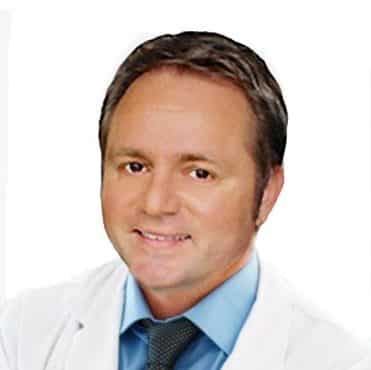Dysgnathic surgery
Complex congenital disorders of the shape and position of the jaws (dysgnathia) usually require combined orthodontic and maxillofacial treatment. Thanks to our many years of experience in the treatment of complex dysgnathias, we treat a wide variety of forms with individually developed concepts. In addition to classic mono- and double-jaw osteotomies, segmental osteotomies and distractions (eg, mandibular ramus or midface) are also used. After consultation with an orthodontist, surgical interventions are planned and carried out surgically using the latest equipment.
Upper lip cleft ("cleft lip") and cleft palate ("cleft palate")
Cleft lip and palate are among the most common congenital malformations and have an incidence of 1 in 500 births. Isolated cleft palate is less common, with an incidence of 1 in 1500 births in Europe.
At the initial appointment, the child is examined by a maxillofacial surgeon and an orthodontist.
- If there is a cleft of the hard palate, the plastic of the hard palate is performed with a special plate that separates the open oral cavity from the nasal cavity. The palate plate is also used for early orthodontic treatment as it improves the position of the tongue and the act of swallowing, and is also used to prepare the closure of the palate in the formation of the upper jaw.
- When closing the cleft lip, the main goal is to create symmetry of the upper lip, forming the entrance to the nasal cavity. Since there is a shortage of tissue in all cleft lip, the methods of operation are always selected individually depending on the shape of the cleft. An important role is played by the functional reconstruction of the muscle loop of the upper lip, which makes it possible to avoid cicatricial deformities.
Video
Request appointment
Useful links
Photo gallery







